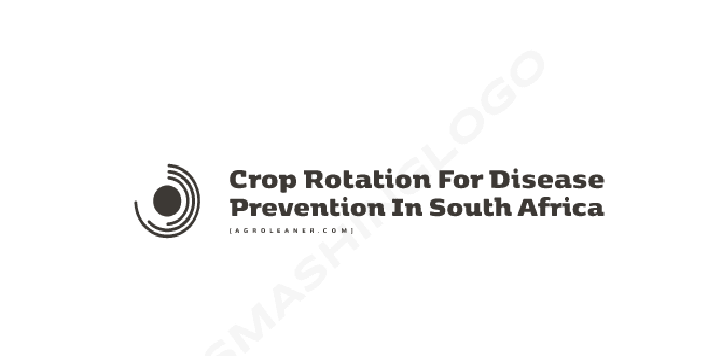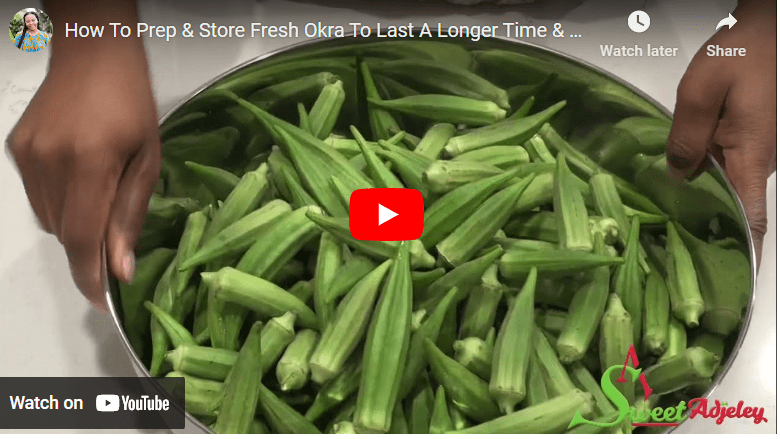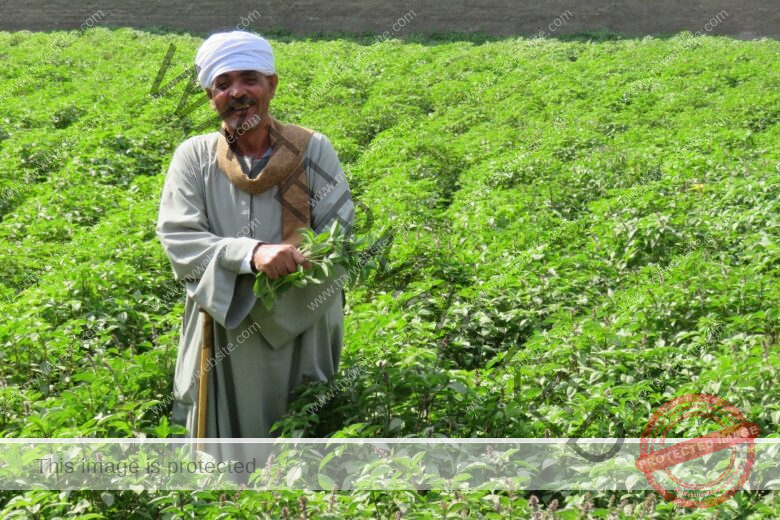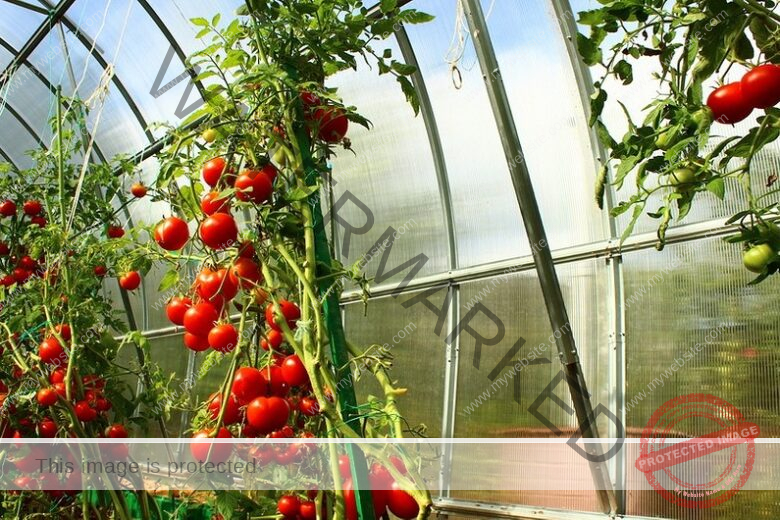Crop rotation is a farming practice that involves growing different types of crops in a specific order in the same area over some time. This practice helps to reduce the risk of disease and pest infestations, as well as improve soil fertility and productivity.
Crop rotation is a key tool for disease prevention in South Africa. Crop rotation helps to reduce the spread of disease by rotating different crops in different fields and different years. This helps to prevent the build-up of damaging levels of crop diseases, and also reduces the need for chemical treatments.
In South Africa, crop rotation is essential for disease prevention and sustainable agriculture. As such, we will be discussing the basics of crop rotation including the techniques, advantages and disadvantages, challenges, and much more information you need to know about this farming technique.
Crop Rotation for Disease Prevention in South Africa
Crop rotation is an important agricultural practice used to prevent the buildup of disease-causing organisms and pests in the soil. In South Africa, crop rotation is an important component of effective crop production. Disease prevention is a major factor in successful crop production, and crop rotation is one of the most important tools in preventing diseases.
Crop rotation is an agricultural practice where different crops are grown in a field in a specific sequence over some time. This helps to reduce the buildup of disease-causing organisms and pests in the soil, which can lead to an increased risk of crop loss and reduced yields. The practice of crop rotation helps to better manage soil fertility, weed control, and disease prevention.
In South Africa, crop rotation is often used in combination with other disease prevention strategies. For example, when planting a crop, farmers may rotate between different varieties to reduce the risk of disease. Additionally, crop rotation can help to improve soil fertility, reduce weed pressure, and improve crop health.
Crop rotation also helps to reduce the risk of crop disease by creating a physical barrier between crops that are susceptible to the same pathogens. By alternating between crops, this barrier helps to reduce the spread of disease-causing organisms and helps to protect crops from potential damage.
In addition, crop rotation also helps to reduce the risk of crop losses due to insect pests. By rotating crops, farmers can reduce the risk of insect infestations as different crops may be less attractive to certain insect pests. This can help to reduce the need for insecticide use and improve crop yields.
Crop Rotation Methods for Disease Prevention in South Africa
Practice three-year crop rotation: This is one of the most common and effective crop rotation methods for disease prevention. It involves rotating crops in three-year cycles, with different families of crops planted in each cycle. This limits the time certain diseases have to build up in the soil.
The common crop rotation for disease prevention practiced in South Africa are discussed below.
#1. Three-Year Crop Rotation
This rotation includes planting a different crop in the same field every year, such as corn, soybeans, wheat, and alfalfa.
#2. Four-Year Crop Rotation
This rotation includes planting four different crops in the same field over four years, such as corn, soybeans, wheat, and alfalfa.
#3. Intercropping
This is a method of planting multiple crops in the same field at the same time. It can be used to take advantage of the benefits of different crop varieties and to reduce the risk of disease.
#4. Strip Cropping
This is a method of planting alternating strips of different crops in the same field. It can reduce the risk of disease by preventing the same crop from being grown in the same place for multiple years.
#5. Cover Cropping
This is a method of planting cover crops, such as rye or clover, between rows of a main crop. It can reduce the risk of disease by providing a barrier between the main crop and any potential diseases.
#6. Organic Crop Rotation
This method involves growing organic crops in rotation with other crops. Common organic crops used in rotation are vegetables, herbs, and cover crops.
How Crop Rotation Prevents Diseases
Crop rotation is the practice of alternating different crops in the same field on a seasonal basis. It is an essential part of sustainable agriculture and helps to maintain soil fertility, reduce pest infestations and disease development, and maintain a healthy balance of nutrients in the soil.
Crop rotation works by preventing diseases from becoming established in a particular field and spreading over time. When different crops are planted in the same field, it reduces the number of plants that are susceptible to a particular disease. This is because different crops have different susceptibilities to a given disease.
By rotating crop types, farmers can minimize the spread of disease-causing organisms.
Crop rotation also helps to reduce the development of plant-parasitic nematodes. These tiny worms feed on the roots of plants, reducing their vigor, stunting their growth, and making them more susceptible to disease.
By rotating crop types, farmers can reduce the number of nematode populations in the soil, which in turn reduces the chance of disease development.
Crop rotation helps to maintain the balance of nutrients in the soil. Different crops require different amounts of nutrients, and rotating crops helps to ensure that the soil is not depleted of any one nutrient.
Challenges of Crop Rotation
Crop rotation is beneficial but not without challenges. Some of the challenges of crop rotation include:
- Crop Rotation requires a great deal of planning and precision to ensure successful crop production.
- Farmers must be aware of the different nutrients, soil types, and weather conditions that each crop requires to be successful.
- Crop Rotations require farmers to rotate their crops every year. This can be difficult to manage, especially for small-scale farmers with limited resources.
- Crop rotation can result in a decrease in yield because some crops are rotated out of the rotation before they can reach their full potential.
- Crop rotation can also lead to an increase in the cost of production due to the need for additional inputs such as fertilizers, pesticides, and herbicides.
- Crop rotation can also lead to an increase in weeds because weeds can quickly become adapted to the same crop being planted in the same location year after year.
- Crop rotation also requires farmers to have a certain level of knowledge regarding crop rotation, soil fertility, and pest management to be successful.
Tips to implement Crop Rotation
#1. Plan your crop rotation
Map out what crop you will be planting in each field for the entire season. Make sure to consider the different varieties of each crop and how long each crop will be in the ground.
#2. Research crop rotation strategies
Different crops require different strategies for crop rotation. Research the best strategies for each crop you plan to grow.
#3. Plant-resistant varieties
Planting resistant varieties of crops can help reduce the severity of diseases. There are a variety of disease-resistant varieties that can be planted.
#4. Use cover crops
Planting cover crops can help reduce the spread of certain diseases. These crops are planted in between the main crops and help to reduce the spread of disease-causing organisms.
#5. Apply amendments
Applying amendments to the soil can help reduce the spread of disease. These amendments can include organic matter, compost, and mulch.
#6. Practice good sanitation
Practicing good sanitation is an important part of disease prevention. This includes removing infected plants and debris, washing tools, and using clean water for irrigation.
#7. Monitor for signs of disease
Monitor your crops regularly for signs of disease. If a disease is present, take steps to control it before it spreads.
Benefits of Crop Rotation for Disease Prevention
Crop rotation is a beneficial agricultural practice used to prevent soil-borne diseases and pests.
- This practice helps to reduce the buildup of soil-borne diseases and pests, and also helps to increase the fertility of the soil.
- It helps to reduce the buildup of soil-borne diseases in the soil. Crop rotation helps to break the pathogen’s life cycle, as each crop is planted in a different location, thus preventing the buildup of disease in a single area.
- This helps to reduce the spread of any diseases that may be present.
- It helps to improve the fertility of the soil. As different crops are planted in the same area, the soil is replenished with nutrients that can help to improve the fertility of the soil and make it more productive.
- Crop rotation helps to improve the structure of the soil, which can help to improve drainage and aeration. This can help to reduce the amount of water-borne diseases that can be spread.
- Crop rotation helps to reduce the amount of pesticide and herbicide use. This can help to reduce the environmental impact of these chemicals, as well as the potential health risks associated with their use.
Disadvantages of Crop Rotation for Disease Prevention
- Crop rotation for disease prevention can be very labor intensive, as farmers have to plan and execute a complex crop rotation schedule.
- Crop rotation may not be the most efficient way to prevent disease, as some diseases can spread from crop to crop, even in different years.
- Crop rotation can be expensive, as farmers may have to purchase new equipment or irrigation systems to accommodate different crops.
- Crop rotation can also reduce crop yields, as some crops may not do as well in different soils or climates.
- Crop rotation for disease prevention can also be difficult to manage, as farmers must remember to rotate their crops appropriately.
Crop Rotation Pdf
Crop rotation is a farming practice that involves growing different crop types in a specific area over some time. It helps to maintain soil fertility and reduce pest and disease problems. It also helps to improve the water-holding capacity of soils, reduce erosion, and improve the yield and quality of crops. Crop rotation can be used to optimize nutrient cycling, reduce nutrient losses, and increase economic returns.
Crop Rotation Definition
Crop rotation is a farming practice in which different crops are planted in a specific sequence in the same area to maintain soil fertility, pest control, and reduce disease.
Conclusion
Crop rotation is a critical practice for South Africa, as it can help to reduce the incidence of crop disease and improve crop productivity. Through the practice of crop rotation, the spread of diseases can be minimized, while at the same time, soil fertility can be maintained and pest populations can be reduced.




